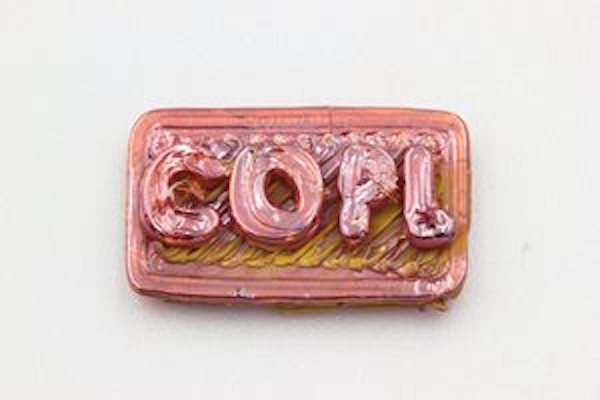3D printing with glass is rife with challenges—some methods require very high heat, while others product opaque end products or print at very low resolutions.
Canadian researchers have successfully 3D printed an optical glass that could enable the low-cost manufacture optical fibers and other components for sensors, telecommunications components and biomedical equipment. Researchers from the the Centre d’Optique, Photonique et Laser (COPL) at Université Laval in Canada were able to print the chalcogenide glass using a modified commercially available glass extrusion printer in a process similar to fused deposition modeling.
“3D printing of optical materials will pave the way for a new era of designing and combining materials to produce the photonic components and fibers of the future,” said Yannick Ledemi, a member of the research team. “This new method could potentially result in a breakthrough for efficient manufacturing of infrared optical components at a low cost.”
The researcher was published in The Optical Society (OSA) journal Optical Materials Express.
According to the OSA, chalcogenide glass softens at a relatively low temperature compared to other types of glass which meant the researchers had to increase the extruding temperature of the standard extrusion printer. They were able to create glass filaments that were similar in size to plastic filaments typically used with the printer. They then programmed the printer to create two complex shapes.
“Our approach is very well suited for soft chalcogenide glass, but alternative approaches are also being explored to print other types of glass,” said Ledemi. “This could allow fabrication of components made of multiple materials. Glass could also be combined with polymers with specialized electro-conductive or optical properties to produce multi-functional 3D printed devices.”
The process could also be used for making glass fiber preforms with complex geometries or using multiple materials.
“3D printed chalcogenide-based components would be useful for infrared thermal imaging for defense and security applications,” Ledemi said. “They would also enable sensors for pollutant monitoring, biomedicine and other applications where the infrared chemical signature of molecules is used for detection and diagnosis.”
The researchers plan to improve the printer design, and hope to add new extruders to enable co-printing with polymers for multi-material components.
Source: OSA
About the Author
Follow Robotics 24/7 on Linkedin
Article topics
Email Sign Up
















